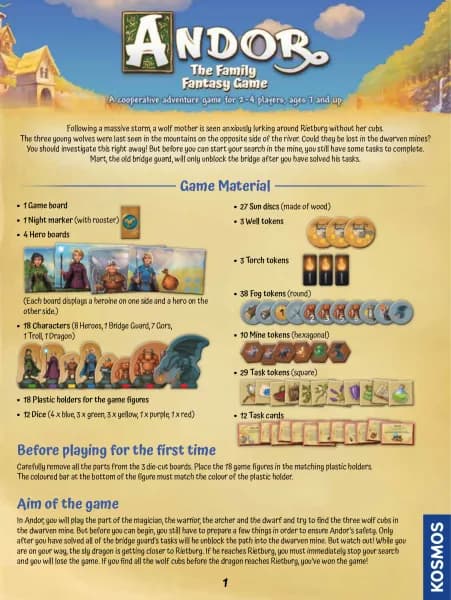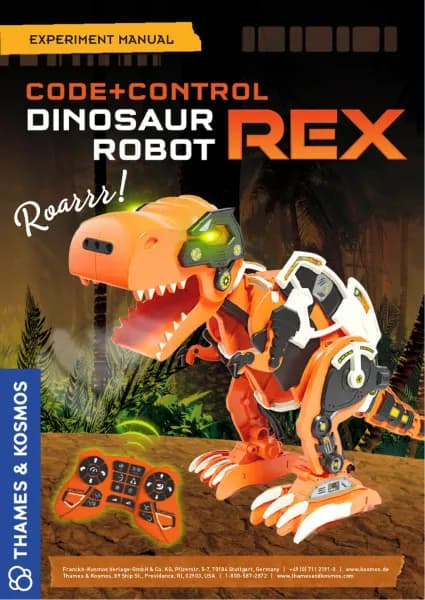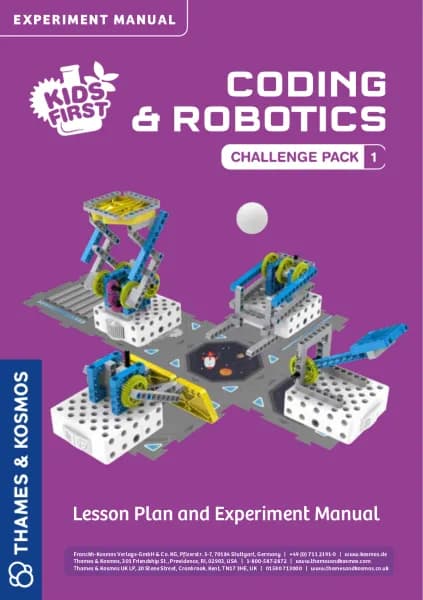Thames & Kosmos Physics Workshop handleiding
Handleiding
Je bekijkt pagina 11 van 19

DID YOU KNOW?
The Kilogram
Prototype
If you want to measure something, you
have to have something else to compare
it with, a so-called unit of measure.
5 kg, for example, corresponds to 5
times a 1 kg unit. The kilogram is the
unit of measure for mass. In order for
everyone in the entire world to be able
to calibrate their scales exactly alike,
they have to have a determination of a
unit of 1 kg from a source that always
stays the same. For over a century, that
source has been the kilogram prototype
kept in Paris since 1889: a cylinder made
of heavy platinum-iridium metal, 39
mm high and 39 mm in diameter. For
unknown reasons, however — perhaps
as a result of cleaning — the prototype
has lost a tiny bit of its mass.
Scientists have been looking for a
different yardstick for mass, one that
would be universally valid and would
never change. At the moment, there
are at least two candidates to replace
the kilogram prototype in Paris. One
possibility is to use a silicon crystal
containing a precisely known quantity
of atoms. Another suggestion is to
use the electromagnetic force needed
to balance a 1-kg object as a unit of
measure. If either of these ideas is
successfully developed, then perhaps
the kilogram prototype can enjoy a
well-deserved retirement in a museum.
Now let’s drop a hammer onto the moon’s dusty surface. It falls a lot more slowly
than it would on Earth — as does the dust that it kicks up when it lands. While the
mass of an object remains the same on all moons and planets, its weight depends on
the gravity of the celestial body it is on or near. So an object’s mass makes it heavy,
but to different degrees in different places.
Weightlessness
In empty space, far away from any sizeable celestial bodies, things are practically
weightless. There, we would weigh almost nothing at all. The same thing would
happen between two celestial bodies: Wherever their powers of araction cancel
each other out, the result is a state of weightlessness. When astronauts go there, their
space ships provide them no solid ground beneath their feet, leaving them to float in
mid-air. If they want to drink something, they have to suck it out of a bole through
a straw. Why? Because the liquid can’t flow down into their mouths from a cup. It has
no weight. But both the liquid and the astronaut drinking it have the same mass that
they would have on Earth. The mass of a body is measured in kilograms (kg).
Where Is it Pulling Us?
Where is Earth taking our experimental potatoes? In what direction is it pulling
them? The answer: to its center. More precisely, it is pulling them towards its center
of gravity or center of mass. Does Earth always pull with the same force? No,
not quite. The farther we are from its center of mass, the weaker its gravitational
araction on us. Deep in a mine, its araction is stronger than on Earth’s surface,
while we weigh more on Earth’s surface than we do in a flying airplane. But even on
the surface of Earth, there are differences. At the North or South Pole, an object is just
a lile bit heavier than it would be, say, at the Equator. Earth is a lile flaened at
the poles, and its surface there is thus a lile closer to its center. These differences
are so slight, however, that they “carry lile weight.” In any case, there is another
reason why Earth’s gravity is weaker at the Equator, which is that its rotation results
in a greater centrifugal force there. To find out more about that, see p. 94.
Where Is the Center of Gravity?
On two legs, you’ll stand more safely than on one. On your hands and knees, you
will be even more stable. Why? Just like Earth, any object has its own center of
gravity, the location of which determines its equilibrium, how stable it stands, and
how easily it tips. But how can you find an object’s center of gravity? Let’s build a
center-of-gravity locator.
A picture of the kilogram prototype
kept at the Bureau International des
Poids et Mesures, in Paris, France.
An astronaut after the first moon landing in 1969. While the flag seems to be fluering in the
wind, in reality it is not, because there is no atmosphere on the moon and therefore no wind.
KEYWORD: CENTER OF GRAVITY
Center of gravity is the point at which the entire weight of a body may be
considered as concentrated so that if supported at this point the body would
remain in equilibrium in any position.
KEYWORD: WEIGHT
Weight is the force with which a body is aracted toward Earth or a celestial
body by gravitation and which is equal to the product of the mass and the
local gravitational acceleration.
Bekijk gratis de handleiding van Thames & Kosmos Physics Workshop, stel vragen en lees de antwoorden op veelvoorkomende problemen, of gebruik onze assistent om sneller informatie in de handleiding te vinden of uitleg te krijgen over specifieke functies.
Productinformatie
| Merk | Thames & Kosmos |
| Model | Physics Workshop |
| Categorie | Niet gecategoriseerd |
| Taal | Nederlands |
| Grootte | 12112 MB |







